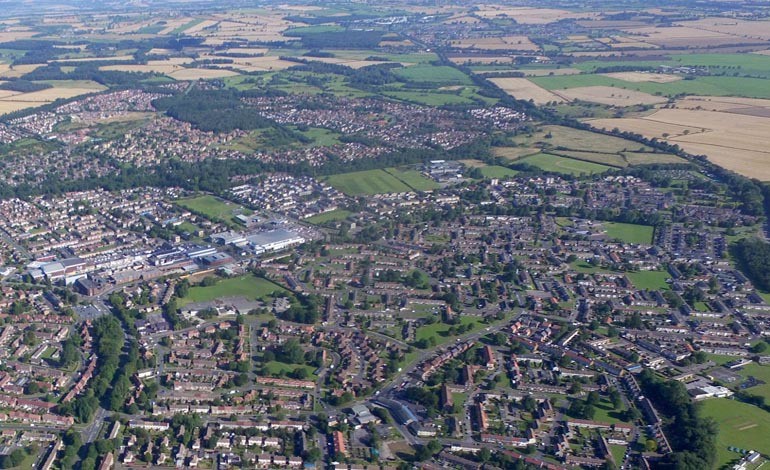Thousands of jobs and new homes which would provide a boost to the County Durham economy are a step closer following the publication of an inspector’s findings.
Durham County Council’s County Durham Plan envisages over 300 hectares of land being allocated for business and industry development and almost 25,000 homes being built. This would all happen over the next 15 years, helping the county’s economy to get back on track amid the impacts of the coronavirus pandemic.
The plan has now come closer to being adopted after a government planning inspector published his final report following examination of the document and consultation.
The inspector considers the plan is sound, subject to a number of modifications which have recently been the subject of consultation.
The plan with the modifications will go to the authority’s Cabinet and ultimately full council for adoption in the coming months.
Cllr Carl Marshall, the authority’s Cabinet member for economic regeneration, said: “We are really pleased that the inspector has said in his final report that he considers the County Durham Plan provides an appropriate basis for the planning of the county, subject to modifications.
“The plan would deliver employment sites with the potential to create over 32,000 jobs, as well as in the region of 25,000 homes – all of which would boost our economy and help it get back on track amid the impacts of the coronavirus pandemic.
“This is recognised by the inspector, who similarly agrees that by guiding future development, the plan can also help provide certainty to businesses and communities in the years ahead.”
The plans sets out a range of development proposals as well as planning policies for the county until 2035.
This will ensure that the right homes are developed in the right places to meet the needs of residents, including a mix of affordable properties for the elderly on each and every site. The plan is expected to facilitate thousands of new jobs at locations right across the county, including key economic sites at Seaham, Durham and Newton Aycliffe.
It also looks at ensuring the protection of the historic and natural environment and how infrastructure will come forward to support development, such as new or expanded schools, healthcare provision and community facilities.
The plan includes provision for:
• Housing and employment land – the plan envisages 24,852 new homes across the county and over 300 hectares of new land being allocated specifically for business and industry development, including the Aykley Heads site.
• Green Belt deletions at Aykley Heads, Sniperley Park and Sherburn Road.
• Twenty seven housing allocations.
• Affordable and older persons housing – the plan proposes that between ten and 25 per cent of homes in all developments are affordable. A majority will also have to be designed for older people.
The modifications include the removal of proposals for two relief roads on the outskirts of Durham City and a third at Barnard Castle.
The recent consultation on the modifications saw more than 500 comments received from just over 100 people. The inspector, William Fieldhouse, has considered all the responses before publishing his final report.
In it, he says: “The relative certainty that will be provided by finalising the plan will be beneficial in terms of encouraging sustainable development and helping the county to recover.”
To find out more, visit www.durham.gov.uk/cdp.








